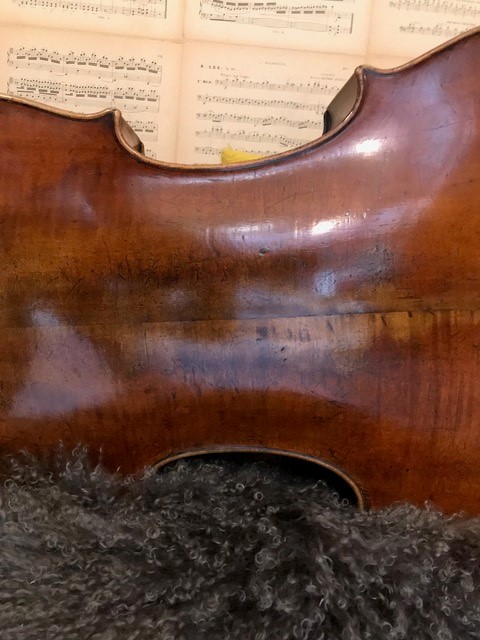Now the Back to basics is on it and the feedback is so great, I’m thinking about another activity in April. Of course; on February 28th and March 2nd we will play together first!
What I would like to tell you more about and what I would like to teach you is to play a bass line on your cello. Accompany a song. Accompany yourself. Because don’t you just pick up your cello and play along with your favorite song on Spotify, because you don’t know what to do? I hear that a lot more often from students; how nice it would be if you could just play along with Sting and the likes. Or that you play like Lotte in a band and except when you get sheet music in front of you, which they’re not used to writing for you, you just don’t know what to do?
* How do you recognize a bass line?
* What are stairs?
* How is the chord built up on those stairs?
* What can you do with those chords while accompanying?
* What do those middle eight bars always do in that song?
* Minor, major, a piece of cake!
During my studies at the K.C. I became totally addicted to stairs. I didn’t dare to taste spacecake but I concluded my harmonic analysis with Siegfried’s Rheinfahrt. Ajeto neighbor!
It’s so bad that I can’t listen to a piece without naming stairs in my head and seeing its location in front of me, on the piano keyboard in my head. So I know that my weakness is a sext position from the first stage, especially when it goes from a fourth stage down to that sext position and then back to four. Knowledge of steps and chords is an enrichment. You will learn to understand where and how Sting and Queen differ from the equally sized Beatles and Elvis. Of course this doesn’t work out in one evening, but it starts at the beginning.
Sigh… Siegfried… At 4.40 the best reason to learn to play the trumpet…. (And to keep playing the cello).
This cello workshop is for the basic principle of Accompanied on the cello. For as Lotte suggested he came here one afternoon to Havelte: “I’d like to be able to play with my band, but what should I do? I really have no idea, how do I do that? “
We’re going to recognize stairs by tracking them down by ear (if you don’t know what ‘stairs’ are then you are the target group!). Did you know that there are usually only three stairs in pop songs and children’s songs, namely I, IV and V? Followed by the VI stage as the fourth most used stage?
Then we go songs ranging from Always is Shorty… because everybody knows that, up to a Beatles song or a song you’ve chosen analyze and accompany with not only the keynote of that staircase, we’re also going to see what we can do with the chord on that keynote. That immediately makes a bass line or accompanying line much more fun! Maybe afterwards we can look at the … running bass?
For those who dare; if there is time we’re going to look at the melody line of a pop song we cover and play it in a poppy way. Because don’t you notice that when you play from a Beatles book or so and you do exactly what it says, it sounds like your grandmother is singing it? (My grandmother sang like that.)
Is there enthusiasm for this? If so, it’s great if you can be here, because if you really start at scratch you don’t want to miss out on these basics. I would like to make a Friday night off from 6:30pm to 8:30pm if I know there are 4 or more subscribers. Self I was thinking of Friday night April 5th or Friday night April 12th. Is there anyone who wants to develop these skills? As a cellist and pianist I’m handy with kicks, accompaniment, second voices; I want to help you! Mail me if this appeals to you and say o

A brief explanation of what we’re going to do; it’s as simple as that…
Ms. Hanneke’s channel on YouTube is nice…
Greetings Scarlett!
